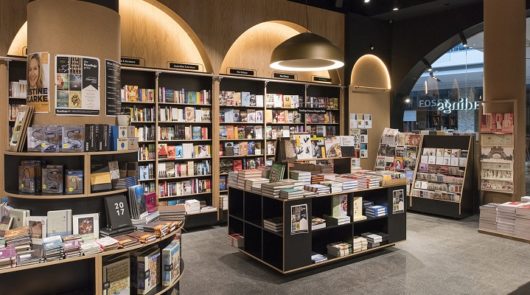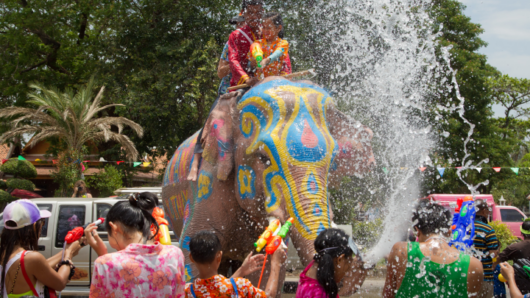 Retail sales was relatively unchanged in July, representing year-on-year growth of 2.7 per cent for the year to July 2016, according to the latest Australian Bureau of Statistics figures.
Retail sales was relatively unchanged in July, representing year-on-year growth of 2.7 per cent for the year to July 2016, according to the latest Australian Bureau of Statistics figures.
Total retail turnover around the country was $25.01 billion in July, which was relatively unchanged from the previous three months.
The trend estimate for Australian retail turnover rose 0.1 per cent in July 2016 following a 0.1 per cent rise in June 2016. Compared to July 2015 the trend estimate rose 2.7 per cent.
Online retail spending contributed 3.1 per cent to total retail turnover in original terms. Compared to July 2015, online retail rose 4.1 per cent.
Russell Zimmerman, Australian Retailers Association (ARA) executive director, said the figure is identical to the previous month of June 2016, and is an indication that consumers were still reluctant to spend, with many possibly still left reeling from economic and world concerns such as the close results of the Federal election the month prior, and the Brexit vote.
“There are many factors that feed into this result, with economic uncertainty and low consumer confidence chief among these,” Zimmerman said.
“By July, mid-season sales have also slowed down, with many retail businesses having focused their discounting activities in June in an effort to prop up sales in the face of unseasonably warm winter temperatures,” he said.
Zimmerman said this was most keenly felt by department stores, which saw a -3.8 per cent fall in year on year growth.
“Department stores have been experiencing a volatile period in the last few years, and this major downturn is a blow to the sector,” he said.
According to Zimmerman, while some department store chains have seen steady gains thanks to restructuring and turnaround programs in recent months, he thinks some of this result can be attributed to the highly publicised changes taking place at Target and Big W.
“There is strong evidence of discounting in the lower end of the market due to Big W and Target inventory writedowns,” Zimmerman said.
ACT had the highest growth in July, with a rise of 5.7 per cent; closely followed by Tasmania, with 5.1 per cent; and South Australia, up 4.4 per cent. The Northern Territory saw its second consecutive month of negative growth, coming in at -1.3 per cent.
On a category basis, clothing, footwear and personal accessories grew six per cent year on year; followed by other retail at 4.5 per cent; and cafes, restaurants and takeaway, 3.6 per cent.
“The ARA holds some hope that the August reduction in interest rates will have some effect on consumer confidence and Australian’s willingness to spend in the coming months, however, should the trend of stagnant growth continue much longer, it becomes likely that the important Christmas shopping period will not be as profitable for retail businesses in 2016,” he said.
Access exclusive analysis, locked news and reports with Inside Retail Weekly. Subscribe today and get our premium print publication delivered to your door every week.





